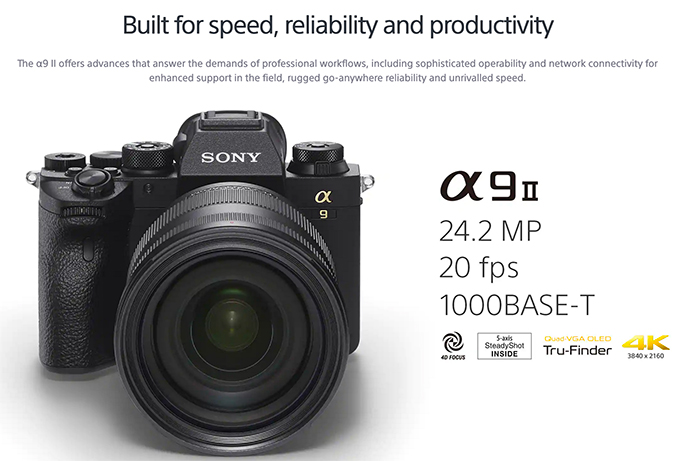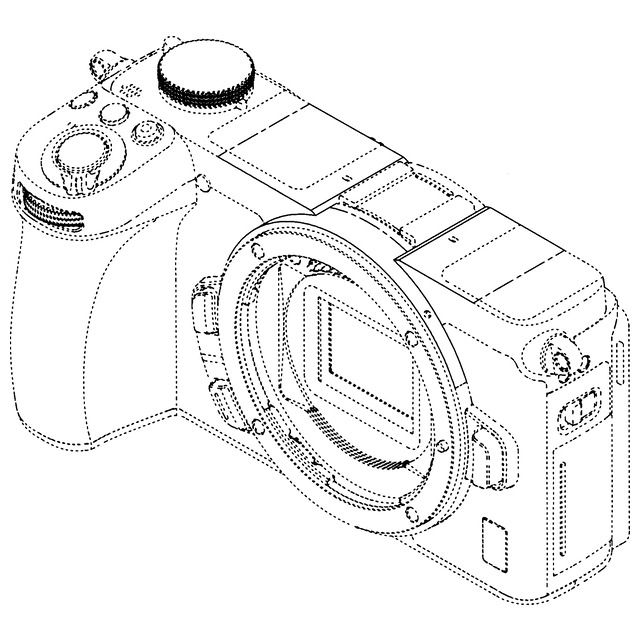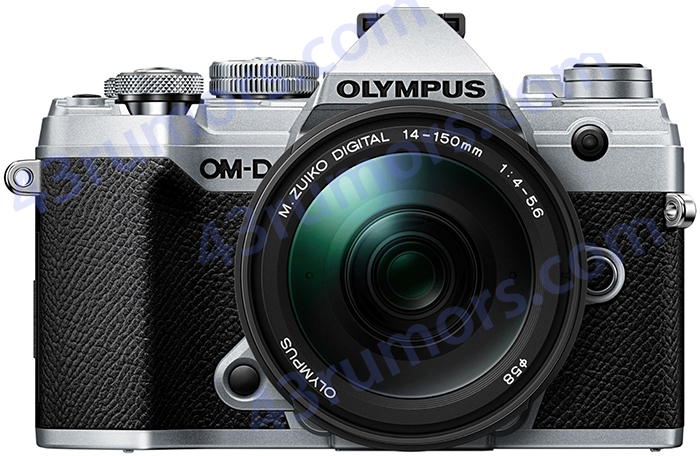5daydeal superbundle: Pay $89 for this $3,000 retail value photo software
The yearly 5DayDeal superbundle deal is back (Click here). You get $3,000 retail value software for just $89! Check out their website to see the full list of included products.
You can join the big 5DayDeal giveaway, with lots of prizes to win (including a MacBook Pro). Check out the list of prizes here.





